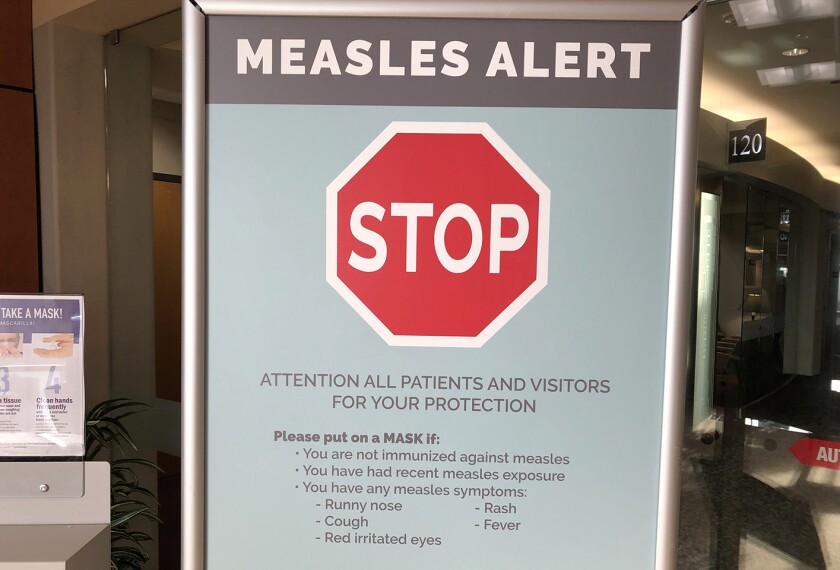Two months into this past school year, I was approached by a few teachers about the challenges they were having with students. The year was just beginning, but these teachers—two new to the profession, the other a veteran—were already in survival mode. I knew I had to quickly regroup and get them support fast.
I gathered them along with three other teachers to join me for a six-week focus group to address challenging student behaviors. In the first session, I sat and listened to their concerns.
It was difficult not to inject as I sat and listened to the teachers detail student classroom behaviors—misconduct, disrespect, and defiance. However, for leaders to see true change, we must listen to the teachers on the front lines. “Sometimes, I don’t know what to do,” one teacher told me with tearful eyes.
It was as if the teachers had been thrown into the deep end of a pool of water with subzero temperatures. No one was prepared for this blitz of post-pandemic student misbehavior, so my staff could only rely on past practices in the hope of finding solutions.
What I discovered during the focus group was some teachers reached for reactive consequences, while others sought transformational processes. The staff that desired reactive consequences asked for a chart that listed punishments for rule-breaking. The teachers who preferred a transformational process desired a proactive approach that praised students on what they did well rather than disciplined them for poor behavior.
At its core, all behavior begins with a need. Students who demonstrate undesirable behaviors are signaling a need that is not being met. In many instances, this is the disconnect between teachers, who are trained to be instruction-driven, and students, who often have needs that are -not related to instruction. The tension between the teachers’ need to complete the lesson and the students’ desire to have their unmet needs addressed creates a power struggle between the teacher and the student.
In our focus group, we worked toward establishing a classroom culture that gave the teachers time and space to discover students’ unmet needs.
We believed that once those needs were recognized, the focus would shift back to education. Those six weeks of transformational practices proved that belief right.
Over time, the group was able to shift student behavior and fundamentally changed their classroom culture by focusing on two primary steps:
1. Build healthy relationships with students.
Education is a partnership, and all partnerships begin with building relationships. Our focus group concluded that trying to be “cool” in the eyes of students was counterproductive. Instead of attempting to fit in with students, our teachers began to focus on understanding their students’ likes, dislikes, and differences.
Every morning, the teachers in our focus group were tasked with allotting 15 minutes toward engaging students in conversations that were not academic-based. Some teachers used the time to ask the students a question of the day that ignited conversation.
Others used the time to guide students in creating a “game plan” that detailed the objective for the class period. One teacher used the time to play a quick two-minute motivational video that led into a class discussion.
What the group found was a sense of community where everyone felt valued and was perceived as an essential member of the group, which created a shared responsibility of accountability for each individual.
We also created opportunities outside the school day to get to know students. Family Nights proved to be valuable for cultivating student relationships. We incorporated family paint night, art galleries, STEAM night, student dances, and talent shows. This provided an authentic safe school setting that allowed students to experience teachers from a perspective outside the classroom. When teachers establish mutual respect in their classrooms, they become the voice of reason when difficult circumstances arise.
In time, relationship building proved to be beneficial. No, students were not perfect; they continued to make mistakes. Some instances still needed to be addressed, but the strong student-teacher relationships minimized the disrespect and defiance that teachers were met with prior to the focus group.
This focus on relationship building shifted students’ view of teachers from authoritarians to caring individuals and shifted teachers’ mindsets away from seeing students as unruly teens.
2. Teach critical thinking.
Most disciplinary situations can be avoided if students stop and think before they act. Instead of punitive consequences that seek to punish challenging behaviors, teach students to think about their actions. When educators create thinkers, students begin to manage their thoughts and behaviors.
During the focus group, instead of assigning students detention for challenging behavior, we assigned reflections. Students completed a reflection sheet that was designed to get them to think about their actions, the intended outcome, and if the action was worth the consequence. The reflection enabled students to think about their actions in three ways: risks, responses, rewards.
This structure helped students slow down the decisionmaking process and, we found, diminished repeat infractions.
Teachers are expected to be strong classroom managers, which is often interpreted as demonstrating “control” of students through their compliance. However, is compliance an attribute we want to teach students? Is compliance the right tool to combat challenging behaviors to produce fruitful academic outcomes?
Punitive consequences reinforce compliance instead of transforming the environment. Practices that only reward students also reinforce compliance and perpetuate exclusionary practices continuing a downward cycle of undesirable behaviors. When we create honest classroom environments, students become the masters of their behavior.
The transformational process created by the focus group was a necessary work that embraced the students as individual people before expecting to create educational opportunities.
Disclaimer: The copyright of this article belongs to the original author. Reposting this article is solely for the purpose of information dissemination and does not constitute any investment advice. If there is any infringement, please contact us immediately. We will make corrections or deletions as necessary. Thank you.







